What's the Difference Between a Blunt and a Joint? A Complete Comparison

Ever wondered the real difference between a blunt and a joint? You're not alone. Many folks in the cannabis community use these terms, but understanding what sets them apart can be confusing.
Here's something to chew on: blunts are wrapped in tobacco leaves while joints are rolled up in paper. Pretty simple, right? Our guide is here to break down everything you need to know about blunts and joints, making it easy for you to decide which one might suit your vibe better.
Let's light up this comparison! Keep reading; we promise clarity by the end.
Key Takeaways
- Blunts are wrapped in tobacco leaves or cigar wraps, which makes them burn slower and provides a distinct flavor compared to joints.
- Joints are rolled with lighter rolling papers like hemp or rice, making them faster to burn and offering a pure cannabis taste since they contain only weed.
- The choice between smoking a blunt or a joint can depend on personal preferences for taste, burn time, and whether one wants the addition of tobacco in their smoking experience.
- Rolling blunts requires a different technique due to the thicker paper used, but both options allow smokers to enjoy cannabis in slightly different ways.
- While blunts tend to be more expensive because of the cost of cigar wraps, joints are less costly and give users a tobacco-free way to smoke weed.
Defining Joints, Spliffs, and Blunts

Joints consist simply of marijuana packed into rolling papers. These are the go-to option for many due to their simplicity and direct approach to smoking weed. People appreciate joints for their ease of preparation and classic experience.
On the other hand, blunts kick things up a notch by using tobacco-based papers or cigar wraps, making them easily recognizable with their distinct brown color. The addition of tobacco paper not only changes the flavor but also allows blunts to burn slower and more steadily, providing a longer-lasting session.
Spliffs mix it up by combining tobacco and cannabis in regular rolling papers, offering users a unique blend that brings together the buzz from nicotine with the high from THC. This combination creates a different inhalation experience compared to smoking straight-up marijuana or tobacco alone.
Each method - be it spliffs, joints, or blunts - caters to different preferences within cannabis culture, highlighting diversity in methods of consumption among smokers who value choice in how they enjoy their herb.
Differences in Rolling Papers and Wrappers

Transitioning from understanding the different types of cannabis rolls, it's vital to delve into the distinctions in rolling papers and wrappers. When it comes to blunts, they are wrapped in tobacco-based papers or cigar wraps, providing a distinct flavor and burn time.
On the other hand, joints are typically rolled with thinner rolling papers made from materials such as hemp or rice. The choice of wrapper significantly impacts the smoking experience and flavor profile; for instance, tobacco wraps impart a unique taste to blunts that differs from traditional rolling papers used for joints.
Blunts vs. Joints: A Complete Comparison

Here's a complete comparison between blunts and joints, breaking down key aspects to give you the full scoop on what sets them apart.
| Feature | Blunts | Joints |
|---|---|---|
| Wrapper Material | Tobacco-based papers | Rolling paper |
| Burn Rate | Slower and steadier | Faster |
| Contents | Weed and tobacco | Just weed |
| Rolling Technique | Requires a different technique due to thicker paper | Standard rolling technique |
| Cost | More expensive because of cigar wraps | Less expensive |
| Color | Usually brown | Varies, but not brown |
| Smoking Experience | Different due to tobacco content | Pure cannabis experience |
| Pros and Cons | Longer burn time, but contains tobacco | Shorter burn time, but tobacco-free |
This table breaks down the essential differences between blunts and joints, focusing on wrapper material, burn rate, contents, rolling technique, cost, color, smoking experience, and their pros and cons. Each has unique characteristics that cater to different preferences among weed smokers. Next, we'll explore the conclusion of our comparison.
Conclusion

Blunts and joints offer distinct smoking experiences. Blunts are rolled with tobacco-based papers, burning slower than joints due to thicker paper. They stand out with a brown color and provide a longer steady burn.
On the other hand, joints are simply weed rolled in regular rolling paper, offering a different smoking duration and flavor profile. Each option has its own pros and cons for smokers to consider when choosing their preferred method.
FAQs
1. What's the main difference between a blunt and a joint?
The main difference is in the wrapping: blunts are rolled with tobacco-based wraps, while joints are wrapped in paper that's not tobacco-based.
2. What do blunts and joints have in common?
Both blunts and joints contain marijuana as their filling, which is a plant material used for its effects on the body and mind.
3. How has marijuana legalization affected the use of blunts and joints?
With marijuana legalization in some places, more people legally use both blunts and joints, leading to more open discussions about drug use.
4. Can you use cigarette paper for rolling a blunt or joint?
No, you shouldn't use cigarette paper for rolling a blunt because it's not tobacco-based; however, it can be used for making a joint since it matches the non-tobacco wrapping requirement.


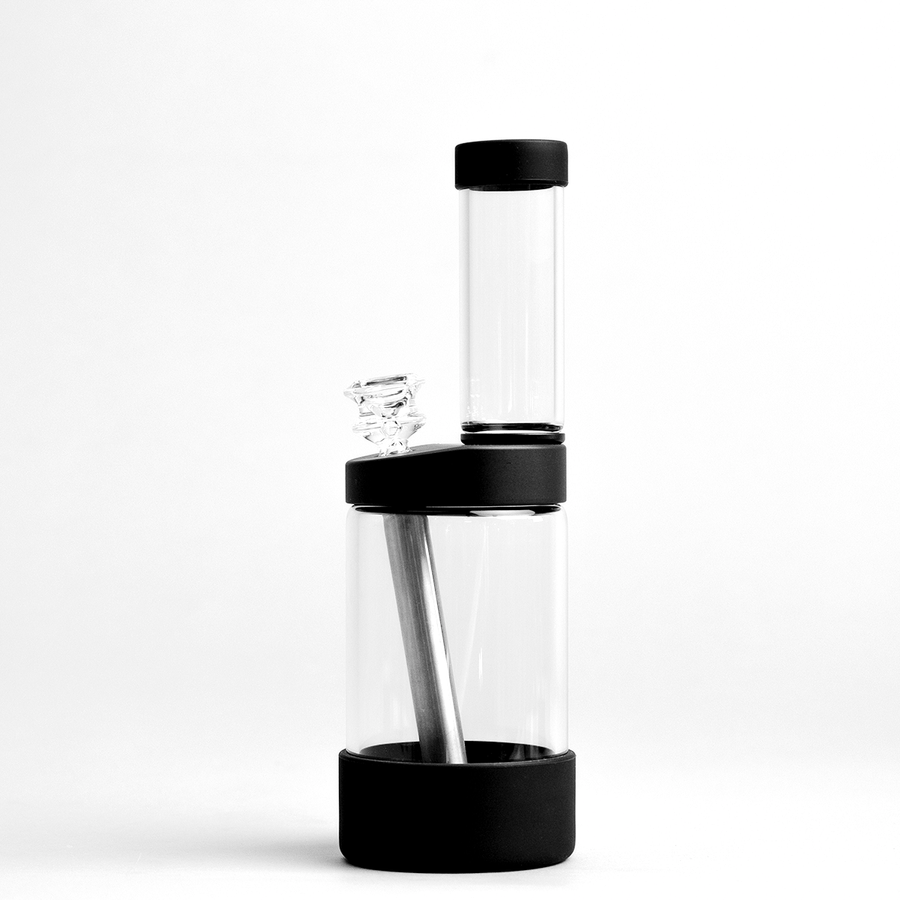


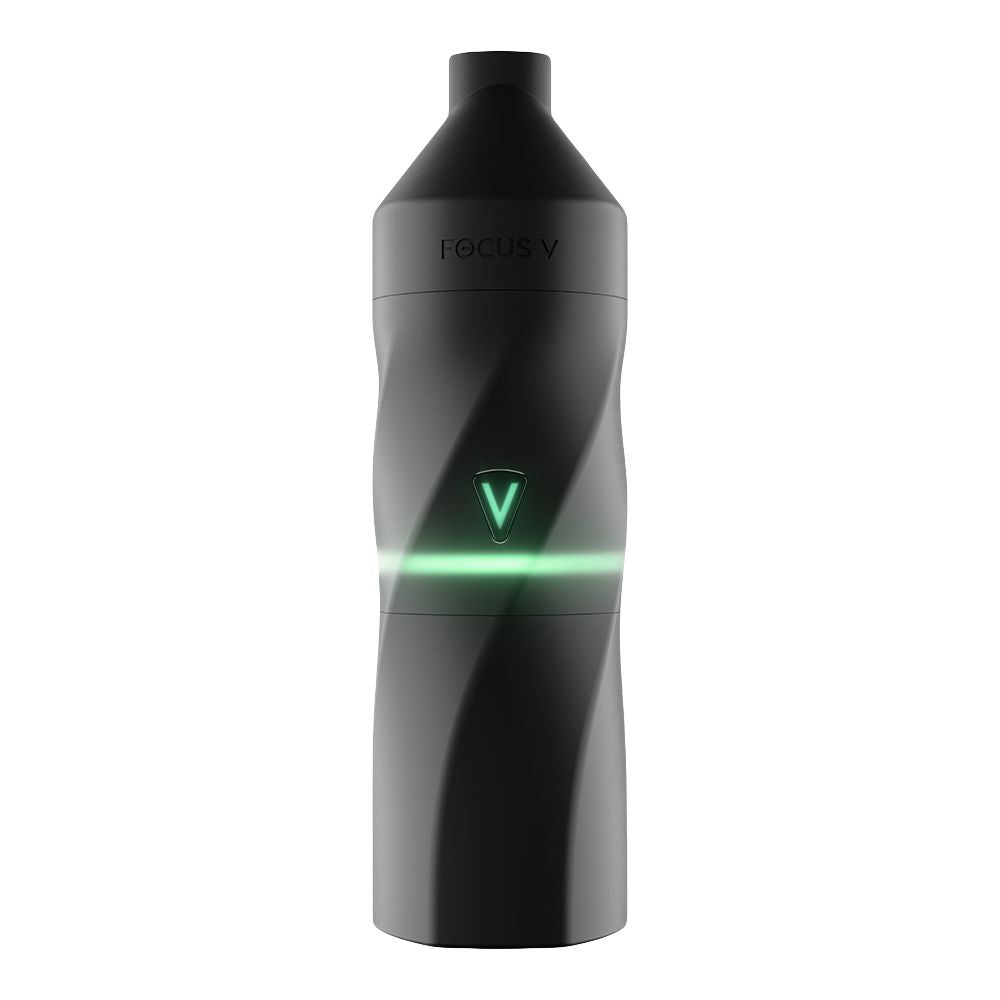
![Vessel Helix Pipe [Copper] - Headshop.com](http://www.headshop.com/cdn/shop/files/ad3c0443-b76d-4fe5-84b8-a617dd50a950.jpg?v=1747419387&width=900)
![Vessel Helix Pipe [Copper] - Headshop.com](http://www.headshop.com/cdn/shop/files/7b0e06e3-9106-4684-80e4-408362c34085.jpg?v=1747419388&width=1000)
![Vessel Wood Vape Pen Battery [White/Beechwood] + - Headshop.com](http://www.headshop.com/cdn/shop/files/4ecd5d0f-363a-454e-a7a0-229fb93bf456.jpg?v=1725470645&width=900)
![Vessel Wood Vape Pen Battery [White/Beechwood] + - Headshop.com](http://www.headshop.com/cdn/shop/files/d232e493-09e6-4574-b44c-3e2bde9425b4.jpg?v=1725470647&width=1000)


![Vessel Compass Apex Charger [Black] - Headshop.com](http://www.headshop.com/cdn/shop/files/f10e6bf4-6ce7-4a59-a50e-a4184f069754.jpg?v=1729115238&width=900)
![Vessel Compass Apex Charger [Black] - Headshop.com](http://www.headshop.com/cdn/shop/files/dce98c70-346c-405f-aca8-d59c7feed96d.jpg?v=1729115240&width=1000)
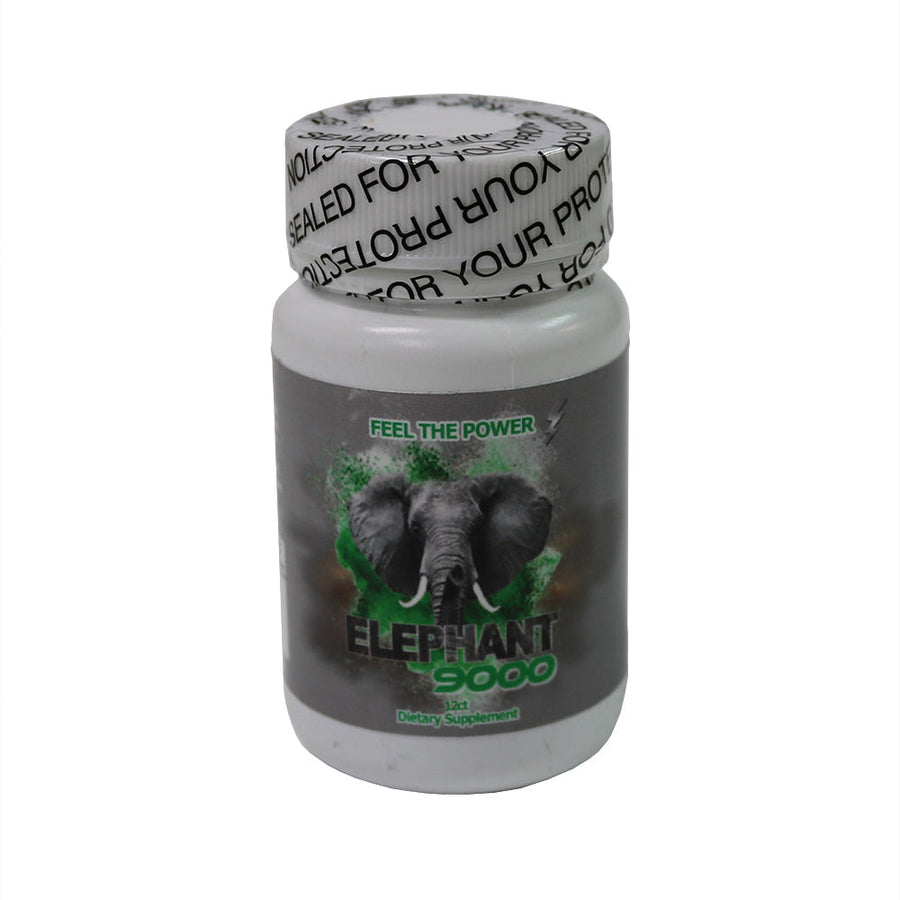
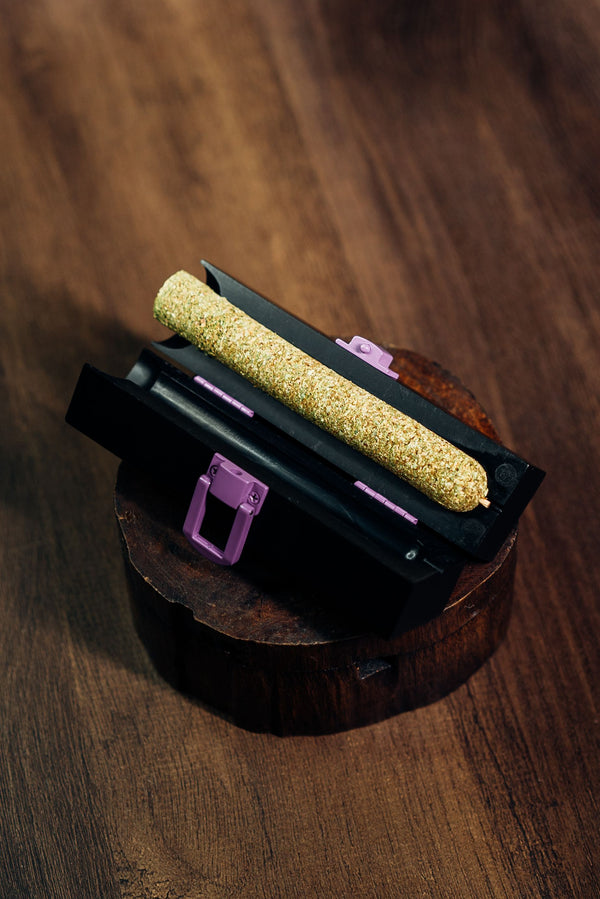
![Vessel Ash [Black] Ultimate Ashtray and Storage - Headshop.com](http://www.headshop.com/cdn/shop/files/96564644-3a7c-45a0-beee-502ebff25cd9.jpg?v=1744308327&width=900)
![Vessel Ash [Black] Ultimate Ashtray and Storage - Headshop.com](http://www.headshop.com/cdn/shop/files/70b136a5-4745-4c98-8247-e6b2350637ae.jpg?v=1744308327&width=1000)


![Vessel - Ember [Gold] Astray - Headshop.com](http://www.headshop.com/cdn/shop/files/20220106_EMBER_BRASS.jpg?v=1744309601&width=900)
![Vessel - Ember [Gold] Astray - Headshop.com](http://www.headshop.com/cdn/shop/files/20220106_EMBER_BRASS_WITH_AIR.jpg?v=1744309601&width=1000)
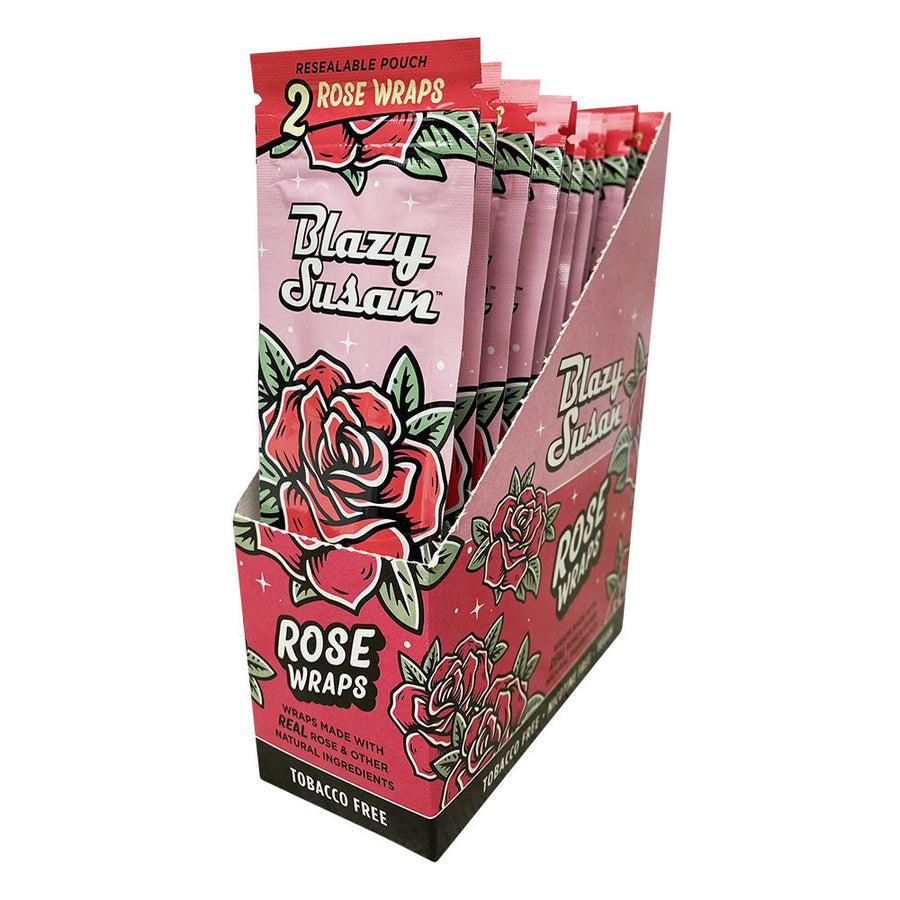





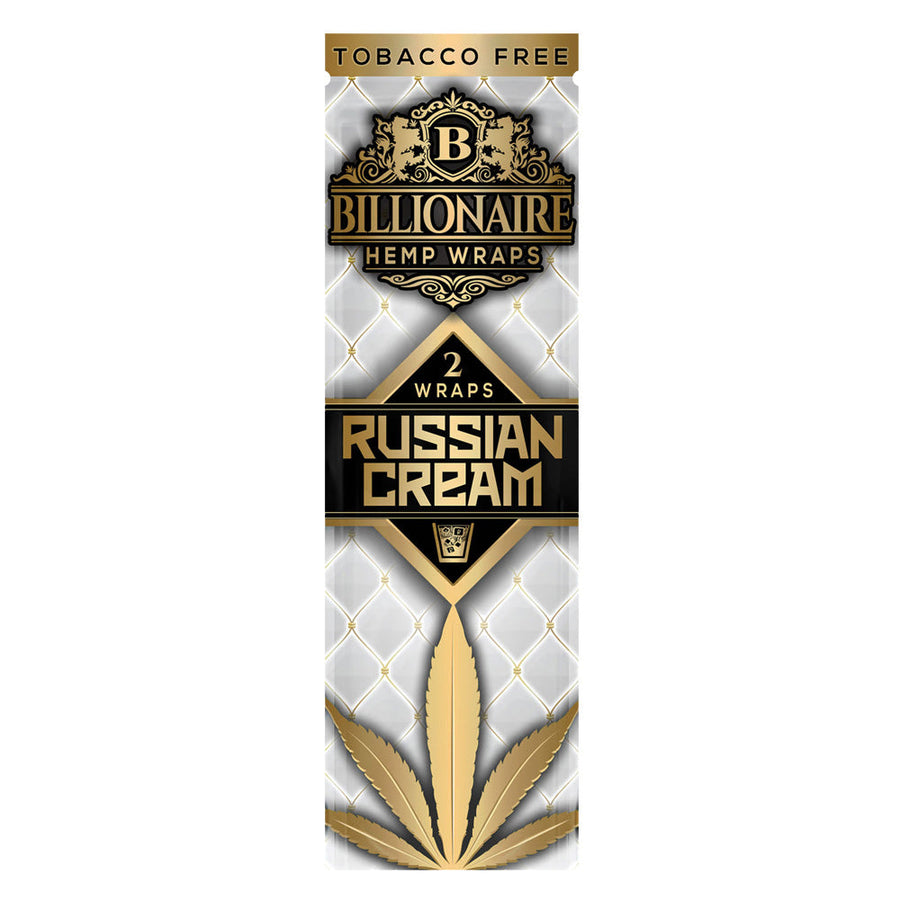

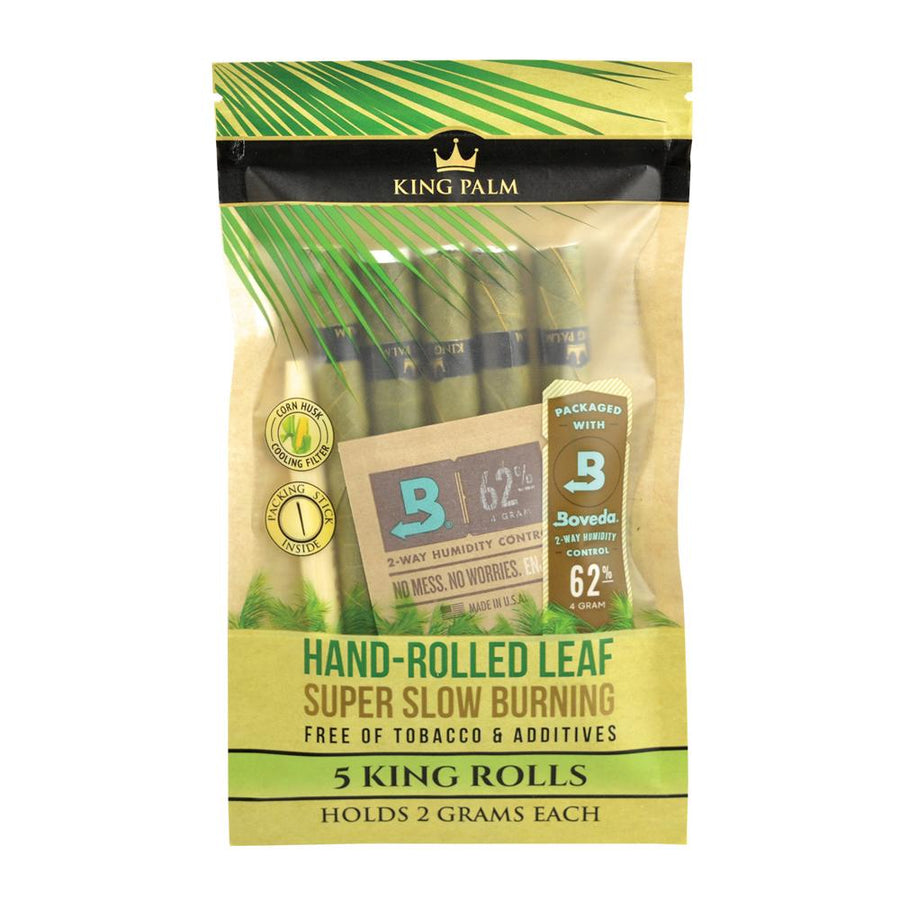

![Vessel - Air [Amber] - Headshop.com](http://www.headshop.com/cdn/shop/products/87dc4853-6249-4e60-9f40-c1fdf2167816.jpg?v=1679500739&width=900)
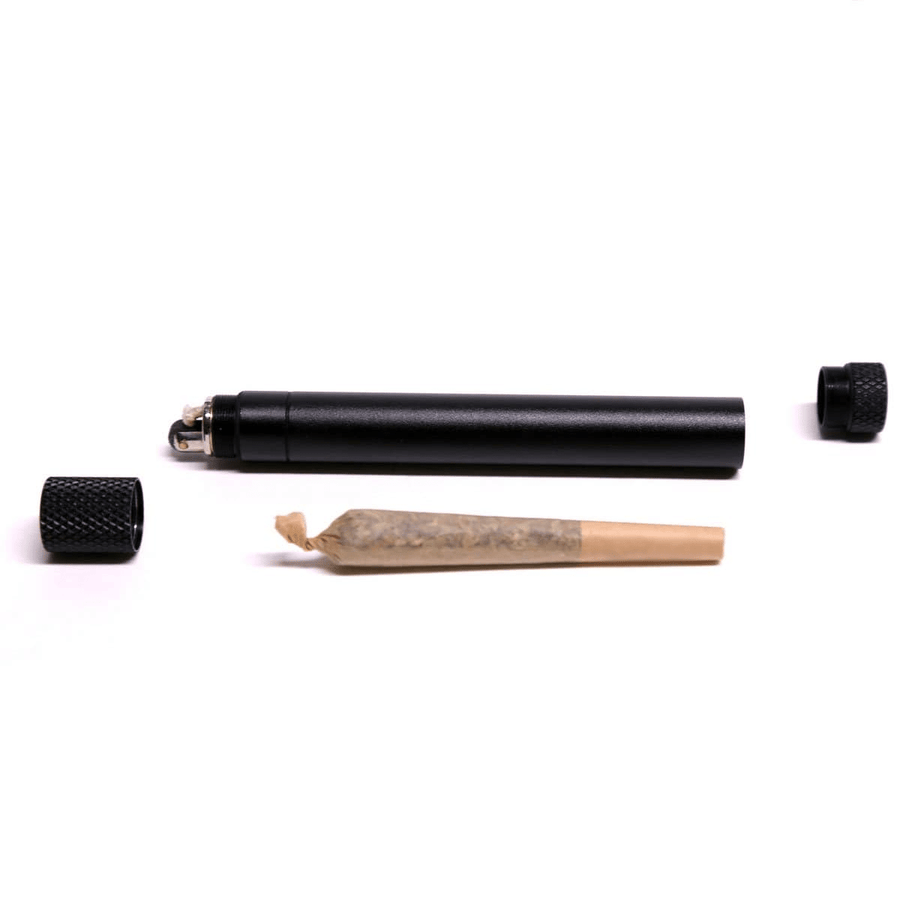



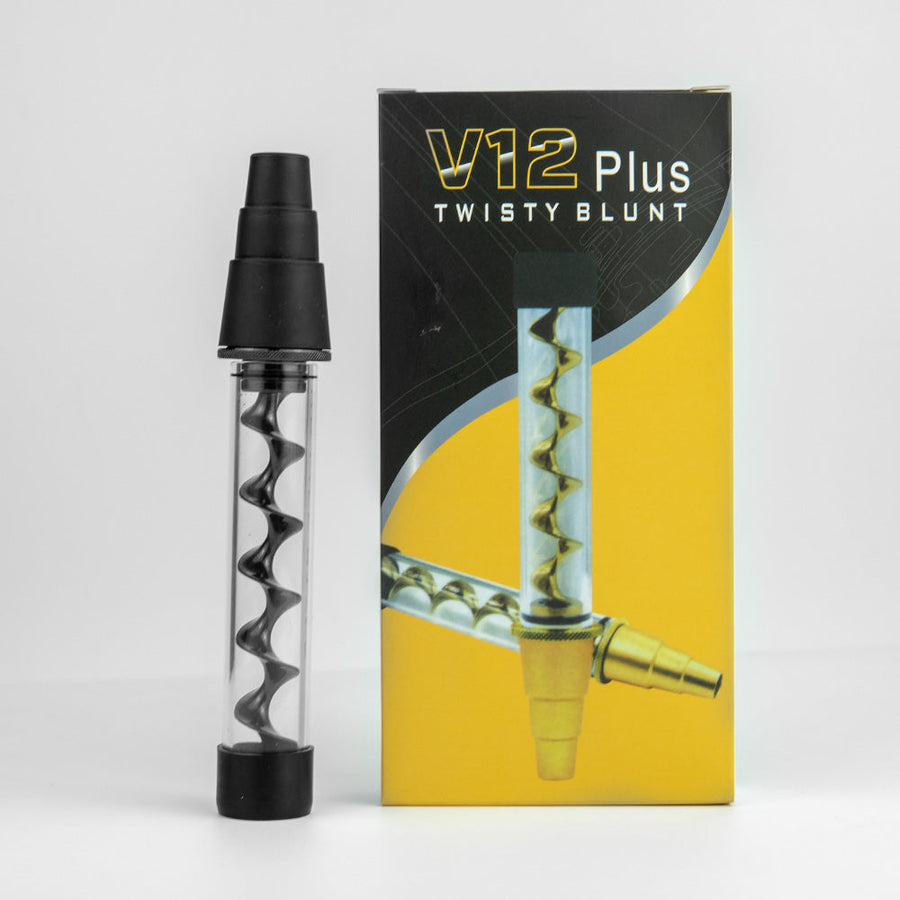





![Pipe by Vessel [Gunmetal]](https://cdn.shopify.com/s/files/1/0585/8462/9443/files/Pipe_Gunmetal_Angle_500x500.jpg?v=1744306453)









